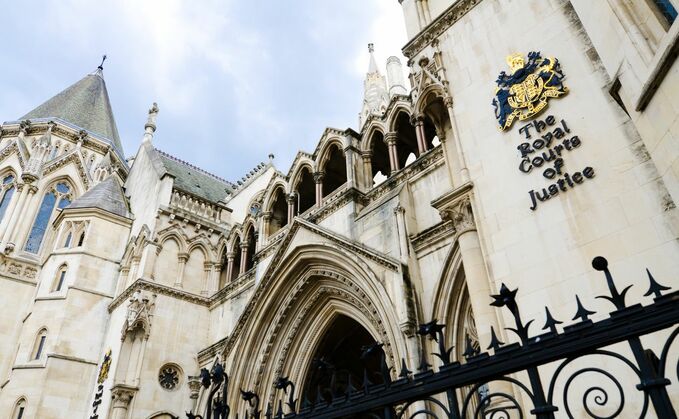
The High Court
Key points
- Paul Hughes was the lead claimant in a case against the PPF over the way it was implementing the ECJ’s Hampshire ruling
- The case, which went to the Court of Appeal found the PPF compensation cap amountedto unlawful age discrimination
- In this article, Hughes speaks about what the litigation meant to him
When the Pension Protection Fund cap was introduced by the Pensions Act 2004 a significant number of early retirees, who had retired under previous rules, suddenly found themselves capped, even though they had been classified as ‘pensioners in payment' and had protection as preferred creditors in the event of their scheme failing.
Grenville Hampshire, myself and a number of our colleagues were caught by the above and some of us lost more than 75% of our pensions. This was very difficult to believe and represented a retrospective change in English law. Unfortunately, because pension acts are primary legislation, for it to be challenged and let alone changed, it requires another pensions act.
We felt we would never be able to get anywhere against the government and our case was hopeless. Some affected members had to sell their houses and suffered considerable financial hardship as a result.
Grenville Hampshire and members of the Turner & Newall scheme and my colleagues and I from the Heath Lambert Pension schemes immediately began lobbying pension ministers via our MPs but it soon became clear it was the civil servants at the Department for Work and Pensions that controlled pensions policy and not the ministers. Progress was frustratingly slow and we realised that, notwithstanding the cost, taking legal action was likely to be the only way forward.
Fortunately, in 2007 the European Court of Justice had ruled in Robins v Secretary of State for Work and Pensions that although governments are not responsible if a pension funds fails, no member should ever receive less than 50% of their pension entitlement together with scheme indexation.
However, the UK government refused to act on this ruling saying that sufficient protection to members was in overall terms given by the Pensions Act 2004, something that was completely untrue from our point of view.
After earlier hearings at the High Court in 2014 and Court of Appeal in 2016, Grenville Hampshire's case was referred back to the European Court of Justice in 2018. The UK government were finally forced to accede to European law and the Pension Protection Fund (PPF) began paying 50% of scheme entitlement including scheme indexation rather than the capped amounts they had been paying up until that time.
However, there were still matters that needed to be clarified concerning the PPF's methodology of making payments and the ongoing legality of the capping only certain ageing PPF members. The matters were referred to the High Court in Hughes v PPF in 2020 and then taken again back again to the Court of Appeal by the PPF and DWP in 2021.
The Court of Appeal supported the PPF's one off calculation approach but ruled that the PPF cap is age discriminatory and must be disapplied. This means that all PPF members are due to be paid 90% plus PPF increases of their pensions from their scheme's PPF assessment date.
Over time it is certain that for some members, 50% of scheme pension plus scheme indexation will produce a greater figure that affected members will then be entitled to receive from the PPF rather than the 90% figure mentioned earlier.
It has now been agreed by the DWP that full arrears will be paid back to when a scheme went into PPF assessment and the statute of limitations, which would have limited arrears payments to only six years, will not be applied.
For all of us involved in the lengthy and costly litigation this is a fantastic result that will benefit the hundreds of members who had been capped by the PPF and for most of those affected substantial arrears payments we believe will shortly be paid by the PPF.
Paul Hughes was the lead claimant in the Hughes vs PPF court case and a former member of the Heath Lambert Group Pension Scheme, which entered the PPF in 2010
Background: An unlawful compensation cap
In May 2020 the Administrative Court heard a challenge brought against the Pension Protection Fund by a number of members over the way it was implementing the European Court of Justice's Hampshire ruling.
The ruling in June found that the PPF compensation cap was unlawful on grounds of age discrimination and that members must receive at least 50% of the benefits their scheme would have provided.
The PPF appealed against the ruling - and the judgment from the Court of Appeal was handed down in July last year. The Court supported the PPF's one-off calculation approach for increasing payments to PPF and FAS members but also confirmed the High Court's decision that the PPF compensation cap, as set in legislation, is unlawful based on age discrimination and has to be disapplied.
The DWP confirmed it would not appeal the ruling on the cap and the respondents to the case confirmed they would not appeal further on the approach to calculating the Hampshire 50% minimum.







